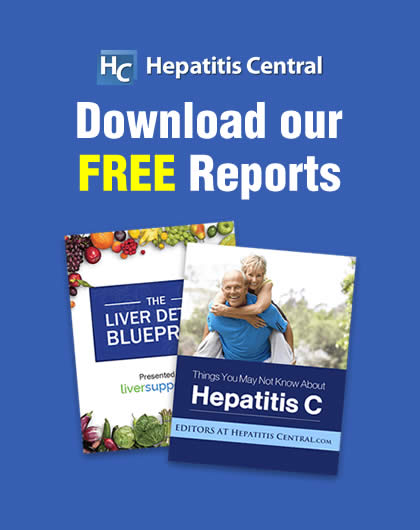Price of New Hep C Drugs Still Under Scrutiny


Pharma & Healthcare
11/11/2013 @ 5:39PM
Will The New Hepatitis C Drugs Trigger A Battle Over Cost?
As excitement mounts among physicians and investors over a new batch of drugs for treating hepatitis C, there is also concern that patients in developing countries may not have sufficient access due to high prices. But a recent poster presentation at a medical conference suggests that drugmakers can produce these new medicines for relatively little cost and should be compelled to do so.
The analysis, which was displayed at the American Association for the Study of Liver Diseases gathering last week in Washington, DC, concluded that large-scale production of direct acting antivirals may be possible for as little as $100 to $200 for 12 weeks of treatment. The estimate cited HIV drugs, which initially cost tens of thousands of dollar per patient but have since dropped significantly in price in developing nations, as a model framework.
Continue reading this entire article:
http://www.forbes.com/sites/edsilverman/2013/11/11/will-the-new-hepatitis-c-drugs-trigger-a-battle-over-cost/








2 Comments
I’m not too worried. Once Benitec demonstrates the efficacy of a one-shot cure for potentially all genotypes with pretty much 100% efficacy…them Gilead drugs and others will be falling fast. The reason? Benitec didn’t have to pay 11 Billion for their cure….they developed it themselves. If they make the smart move to undercut Gilead’s outrageous prices, all the drug makers will be forced to lower their costs immensely just to stay in the game.
In trying to convince investors and potential partners to put money into the development of Benitec’s (OTCPK:BNIKF) treatment for Hepatitis C (HCV), TT-034, management no doubt had to produce some kind of business plan. This draft report by the Institute for Clinical and Economic Review in California provides Benitec’s management with some powerful information with which to demonstrate how TT-034 will be able to compete with the newer HCV drugs that are coming on to the market. This information should support Benitec business case for TT-034 handsomely.
The report estimates the possible cost of the new treatments to be worth between $18-29 billion in California alone. Furthermore, it goes on to say that even after twenty years the cost offsets in the community will only recover about 66% of the initial costs. The cost for these new drugs is therefore unsustainably high.
Unlike it’s competitor Gilead (GILD), Benitec has not had to pay $11B for its HCV treatment and so there is every chance that TT-034 could undercut Gilead’s sofosbuvir in the marketplace. It is clear from this analysis that, if TT034’s clinical trial goes well and Benitec gets the pricing right, TT-034 will be a very profitable drug and will provide significant returns for shareholders.
A successful TT-034 stands a very good chance of becoming the standard of care for HCV.
The Executive Summary says:
The clinical advantages of newer treatment regimens would therefore come with a substantial potential impact on health care budgets should a large number of patients be treated. As estimated by our model, we anticipate cumulative one-year treatment costs per 1,000 patients to be somewhere between $100-$200 million. For example, if a risk-bearing integrated provider group is responsible for the care of 500,000 patients, and one assumes an underlying infection rate of 1.7 %, there would be approximately 8,500 patients in this population infected with Hepatitis C. If e even 50% of this population comes forward for treatment, the immediate one-year budget impact for the provider group would be estimated to be over $400M. It would be impossible for this magnitude of immediate increased spending to be accommodated within the budgets established by current health care premium structures, provider risk-sharing contracts, and patient co-payments.
Using an estimate of the number of infected individuals in California who know of their infection and would be considered for treatment, we estimate that replacing current care with sofosbuvir-based regimens would raise drug expenditures by $18-$29 billion in a single year. We looked for potential cost offsets to these initial costs of drug treatment that could result from downstream reductions in liver-related complications following successful treatment of hepatitis C infection. At a 5-year time horizon, however, cost offsets would be estimated to represent less than 10-20% of upfront treatment costs. Even at a 20-year horizon, if all patients infected with hepatitis C are treated with new regimens, the cost offset will only cover approximately two-thirds of initial drug costs.